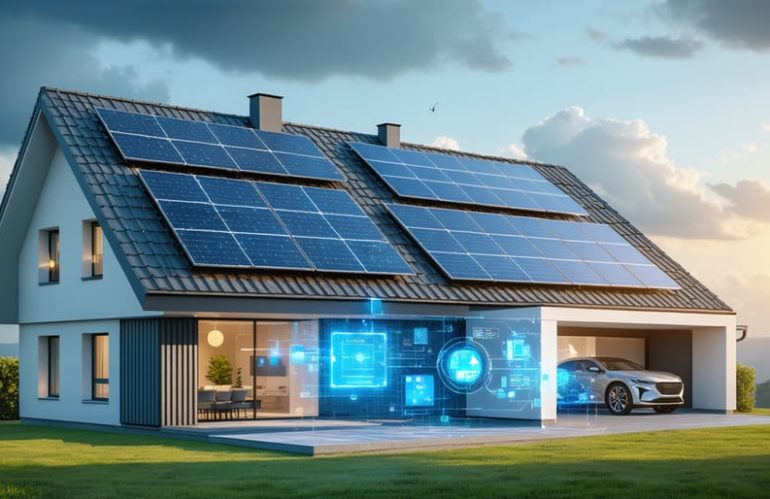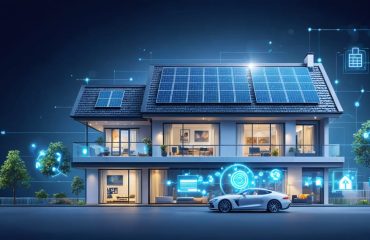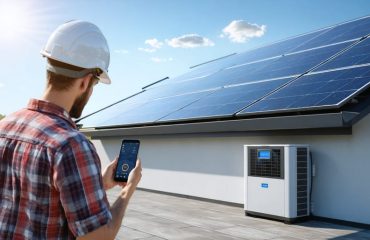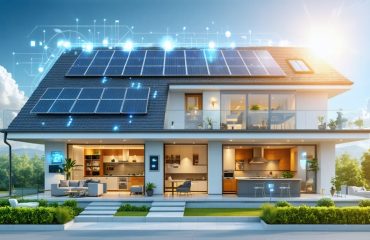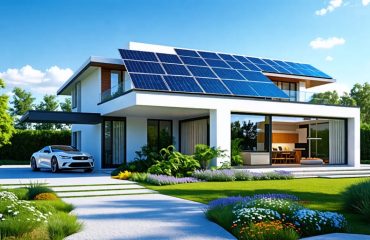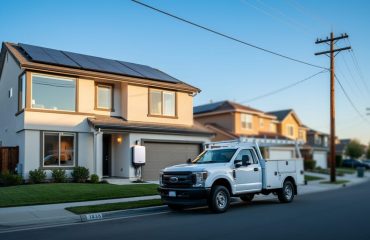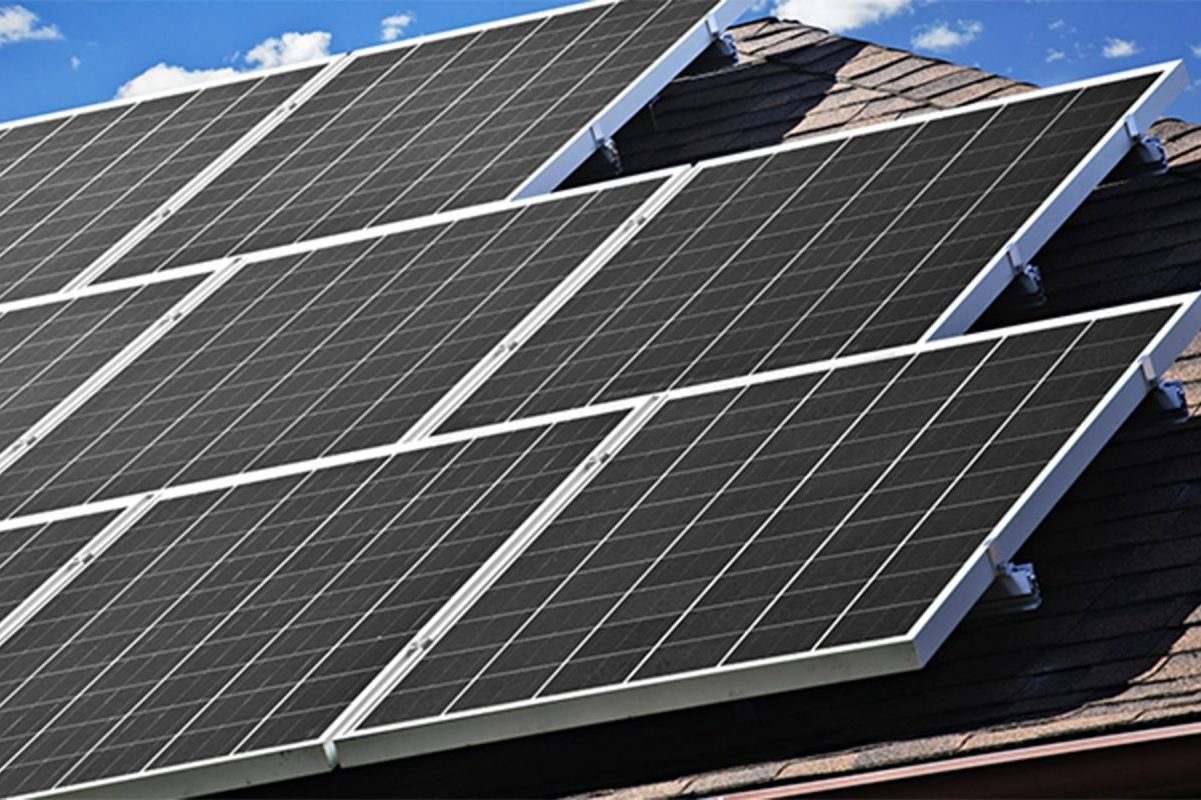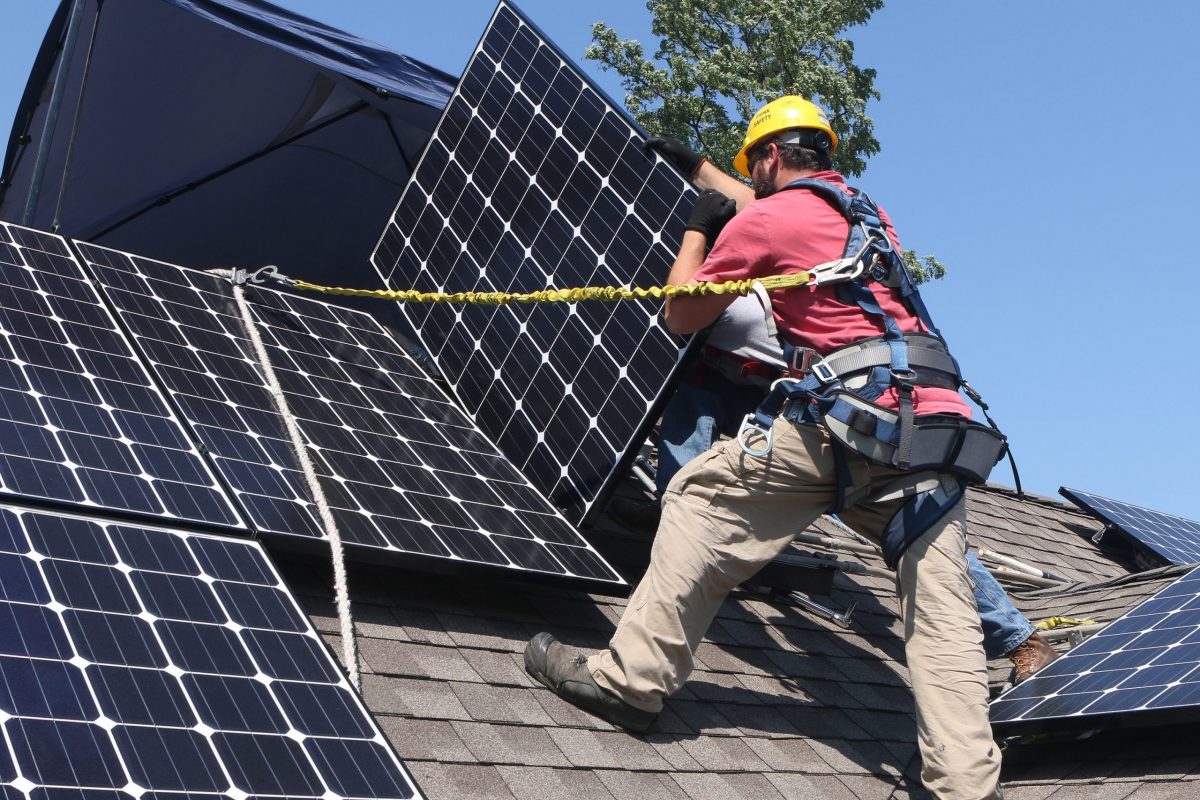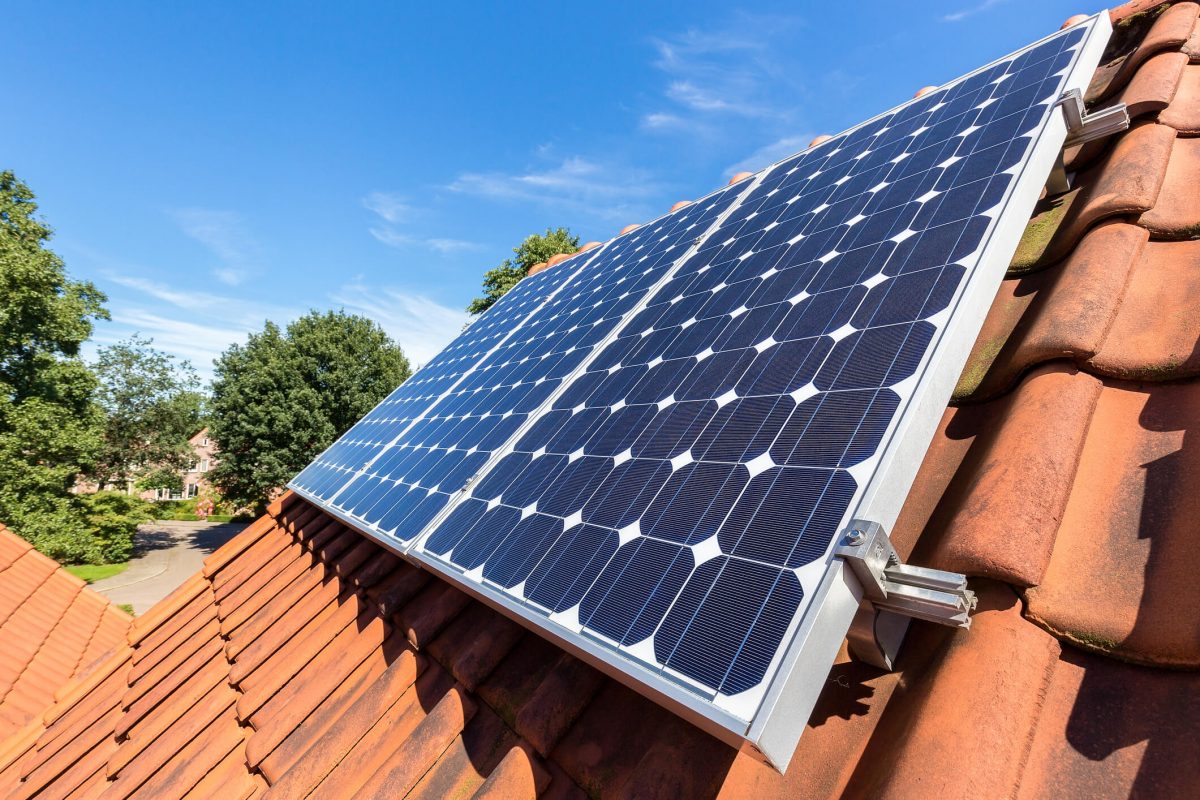Hybrid integrated circuits represent a groundbreaking fusion of traditional solar technology and smart power management, offering homeowners a more efficient and cost-effective way to harness solar energy. These innovative systems combine the best features of string inverters and microinverters, delivering superior performance while maintaining the reliability that modern households demand.
Unlike conventional solar setups, hybrid integrated circuits enable your solar panels to operate independently while working together as a unified system. This means even if one panel’s performance is compromised by shade or debris, the others continue working at peak efficiency. For homeowners, this translates to more consistent energy production and greater savings on monthly utility bills.
The real magic happens in how these systems adapt to your home’s unique energy needs. By intelligently managing power flow between your solar panels, battery storage, and the grid, hybrid integrated circuits ensure you’re always using energy in the most cost-effective way possible, whether the sun is shining or not.
The Power Behind Modern Solar: Understanding Hybrid Integrated Circuits
What Makes These Circuits ‘Hybrid’?
Hybrid integrated circuits get their name from their innovative combination of different solar technologies working together in harmony. Think of them as a “best of both worlds” approach, where traditional string inverters team up with power optimizers or microinverters at the panel level. This clever pairing allows each component to do what it does best, resulting in better overall system performance.
What makes this setup special is how it handles energy conversion and optimization. While the main inverter manages the bulk power conversion from DC to AC electricity, the panel-level electronics ensure each solar panel operates at its peak efficiency. This means even if one panel is partially shaded or dirty, it won’t drag down the performance of the entire system.
This hybrid approach offers homeowners the reliability of central inverters with the enhanced energy production of panel-level optimization. It’s like having a smart energy management system that constantly fine-tunes your solar array’s performance, helping you get the most out of your investment while keeping maintenance simple and straightforward.
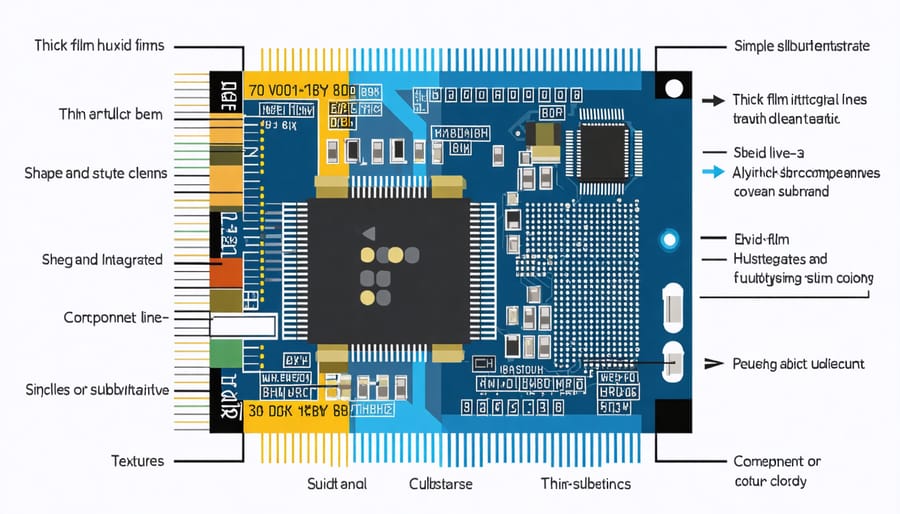
Key Benefits for Your Home Solar System
Hybrid integrated circuits in modern solar systems offer substantial benefits for homeowners looking to maximize their investment in renewable energy. These advanced systems combine the best features of multiple technologies to deliver superior performance and reliability for your home solar setup.
One of the primary advantages is increased energy efficiency. By integrating multiple components into a single unit, hybrid systems minimize energy losses that typically occur when power transfers between separate components. This translates to more usable power from your solar panels and lower electricity bills.
The compact design of hybrid systems means they take up less space in your home while offering improved durability. With fewer separate components, there are fewer potential points of failure, resulting in a more reliable system that requires less maintenance over time.
These systems also provide better power management capabilities. During peak sunlight hours, they efficiently store excess energy for use during nighttime or cloudy periods, ensuring a consistent power supply for your home. The integrated design allows for seamless switching between solar power, battery storage, and grid electricity, providing uninterrupted power even during outages.
Additionally, hybrid systems often come with smart monitoring features that allow you to track your energy production and consumption in real-time through user-friendly apps. This visibility helps you optimize your energy usage and maximize your solar investment’s return.
For homeowners concerned about future upgrades, hybrid systems offer excellent scalability. You can easily expand your system’s capacity by adding more panels or batteries without replacing the entire setup.
Smart Grid Integration: Your Home’s Connection to the Future
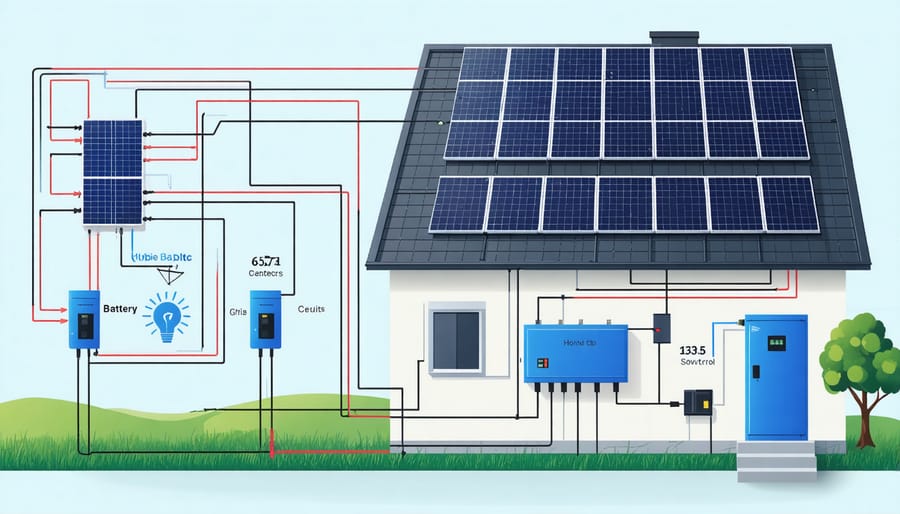
Seamless Power Flow Management
Hybrid integrated circuits excel at managing the complex power flow between your solar panels, battery storage systems, and the electrical grid. Think of these circuits as smart traffic controllers for your home’s energy system, automatically directing power where it’s needed most at any given moment.
During sunny days, these circuits ensure your panels power your home first, then store excess energy in batteries for later use. When the sun sets or during cloudy weather, they seamlessly switch to battery power, maintaining consistent energy flow to your home. If your batteries run low, the system smoothly transitions to grid power, ensuring you’re never left in the dark.
What makes these circuits truly remarkable is their ability to make split-second decisions about power routing. They can simultaneously charge your batteries while powering your home, feed excess energy back to the grid for credit, and maintain optimal battery health – all without any input from you. This intelligent management not only maximizes your energy savings but also extends the life of your solar investment by preventing system stress and inefficient power usage.
Real-Time Energy Optimization
Modern hybrid integrated circuits excel at real-time energy optimization, making smart decisions about when to use, store, or sell excess power. These systems continuously monitor your home’s energy consumption patterns, weather forecasts, and electricity rates to maximize efficiency. When solar production is high, the system can automatically store excess energy in batteries for later use during peak rate periods or cloudy days.
The smart technology learns from your daily routines, adjusting power distribution to match your needs. For example, it might prioritize charging your batteries during sunny afternoons to prepare for evening usage when rates are typically higher. It can also automatically switch between grid and solar power based on current conditions and energy costs.
This intelligent management means you’re always using energy in the most cost-effective way possible. The system can even predict upcoming weather patterns and adjust its storage strategy accordingly, ensuring you have backup power when you need it most. For homeowners, this translates to lower utility bills and more reliable renewable energy without any manual intervention.

Maximizing Your Solar Investment with Hybrid Technology
When it comes to maximizing your solar investment, hybrid solar technology offers homeowners an impressive combination of efficiency and cost savings. These innovative systems integrate seamlessly with your existing solar setup, allowing you to capture and store energy more effectively than traditional solar panels alone.
By incorporating hybrid integrated circuits, your solar system can intelligently manage power flow between your panels, battery storage, and home appliances. This smart management means you’ll use more of the energy your panels generate, reducing your reliance on grid power during peak rate periods. Many homeowners report seeing their electricity bills drop by up to 40% after upgrading to hybrid systems.
The financial benefits extend beyond daily savings. Modern hybrid systems typically increase your home’s value and qualify for various tax incentives and rebates. They also provide peace of mind through backup power capabilities during outages, ensuring your essential appliances keep running when you need them most.
Maintenance costs are surprisingly low, as hybrid systems have fewer moving parts than traditional setups. With an average lifespan of 20-25 years, these systems offer long-term reliability and consistent performance. The initial investment in hybrid technology typically pays for itself within 5-7 years through reduced energy costs and increased energy independence.
Hybrid integrated circuits are revolutionizing home solar systems, making clean energy more efficient and accessible than ever before. These innovative components combine the best of traditional and modern technology to deliver superior performance while keeping costs manageable for homeowners. The future of hybrid ICs in solar applications looks particularly bright, with ongoing developments promising even better energy conversion rates and system reliability. As manufacturing processes continue to improve, we can expect to see more affordable and efficient solar solutions becoming available to homeowners. The integration of these advanced circuits with smart home technology will further enhance system monitoring and optimization, making solar power an increasingly attractive option for sustainable living. For homeowners considering solar installation, the presence of hybrid integrated circuits in modern systems represents a significant advantage, offering better value and performance for their investment in clean energy.

